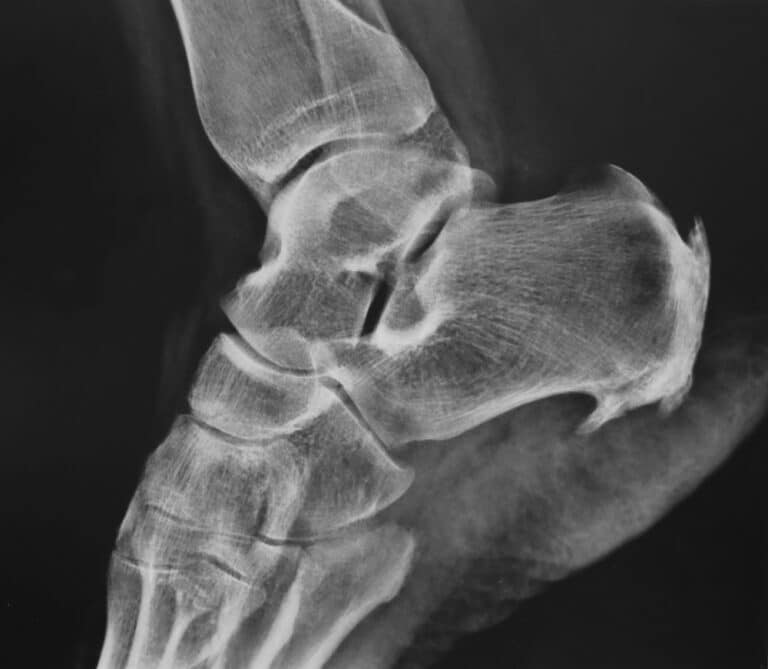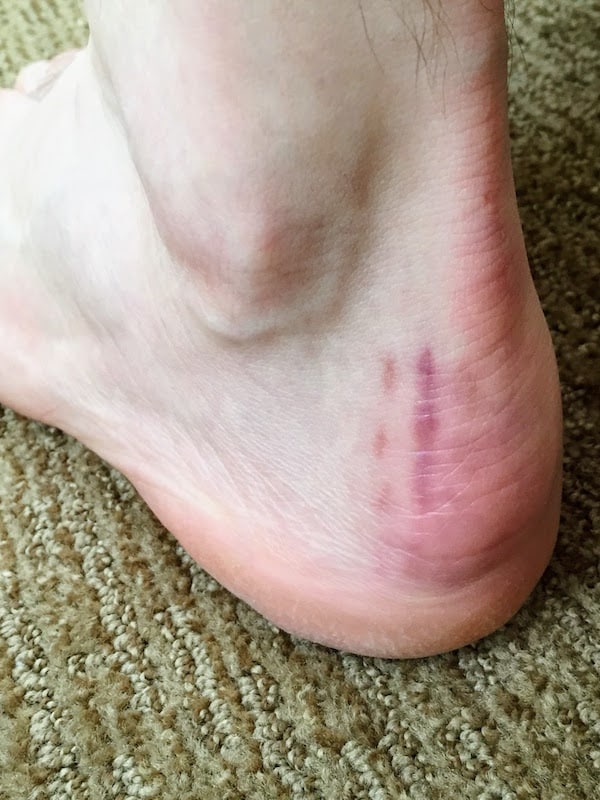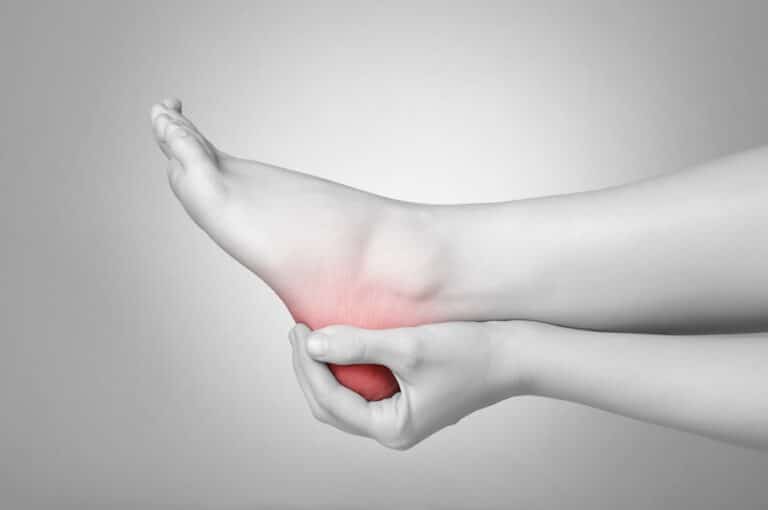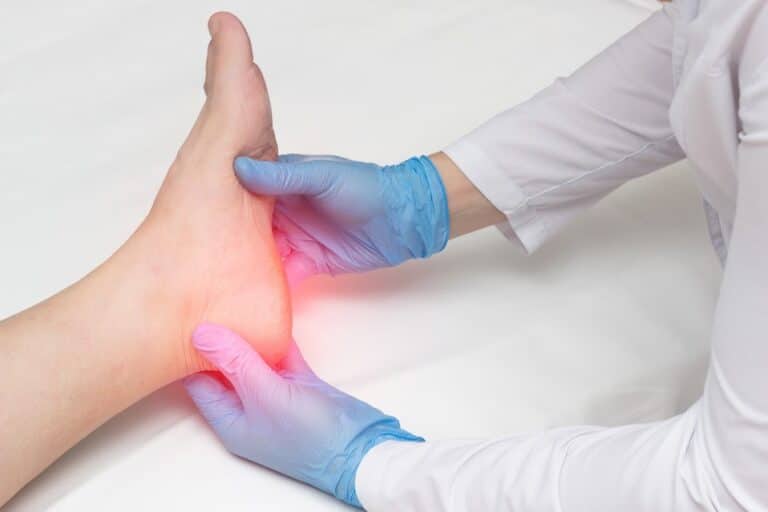People often question the difference between corns and calluses, but did you know that there are different types of corns as well? What is the difference between hard corns and seed corns? Read on if you’re interested to find out how to recognize different types of seed corns, as well as how to approach the corn removal process.
| Aspect | Hard Corns | Seed Corns |
|---|---|---|
| Definition | A small, concentrated area of hard, thickened skin | A small, round, tender area of hardened skin |
| Location | Typically on the tops and sides of toes, and on the ball of the foot | Often on the soles or heels of the feet |
| Size | Usually larger and more prominent | Smaller and less noticeable |
| Shape | Often cone-shaped and flat | Round and raised |
| Causes | Caused by pressure and friction from shoes, poor foot mechanics, or foot deformities | Caused by friction, dry skin, or plugged sweat ducts |
| Pain | Can be painful, especially when wearing shoes or walking | Often less painful, but can be sensitive and tender when touched or pressured |
| Treatment | Padding, shoe inserts, callus removers, and professional care from a podiatrist | Moisturizing, exfoliating, and protecting the area; professional care may be needed in some cases |
| Prevention | Properly fitted shoes, cushioned socks, and foot care | Regular moisturizing, exfoliating, and protecting the feet; proper footwear and foot care |
Get a 10% Discount on Corn Removal Surgery
What Are the Characteristics of Hard Corns
Hard corns are one of three corns types that develop on feet. They are small areas of thickened skin that form as your body’s response to frequent friction and pressure. Here is what distinguishes them for seed and soft corns.
Location on the Foot and Appearance
Hard corns are located on top of the toes, but they may also form on the side of the small toe – keep in mind that these are areas where the bone exerts more pressure on the skin. This foot corn on a toe usually looks like a small patch of very dense, hardened skin formed within the wider area of thickened skin.
What Causes Hard Corns
Shoes that don’t fit properly are among the most common reasons hard corns occur since they create pressure and friction. However, corns are also common among those who lead an active lifestyle or simply stand for longer periods of time. Additionally, some foot deformities, such as hammer toe or bunion, can be the reasons hard corns develop over time.
What Are the Characteristics of Seed Corns?
Seed corns are typically rough, hard, and bumpy to the touch, and they also form due to excessive pressure and friction. Here are some characteristics inherent to seed corns.
Location on the Foot and Appearance
As opposed to hard corns, seed corns are usually located on the bottom of the feet. In addition to that, note that they are usually circular and tiny – they are the smallest type of foot corns. However, no matter their size, they are able to bring a lot of pain and discomfort.
What Causes Seed Corns
Similar to hard corns, shoes that don’t provide enough support or aren’t comfortable enough can cause seed corns to develop. Additionally, keep in mind that these patches of hardened skin often develop in weight-bearing areas due to repetitive stress and overuse during activities such as walking or running.
How to Tell the Difference Between Hard Corns and Seed Corns?
Although both of these corn types represent rough, tightened skin, they are pretty easy to differentiate – hard and seed corns don’t have the same location or even size. Therefore, all you need to do is perform a simple examination of your foot. If you notice hardened skin has formed on top of your toes, it’s a hard corn. If it has developed on the sole of your foot, it’s a seed corn.

When Should You Visit Your Foot Doctor About Hard Corns and Seed Corns?
Although there are many home treatments you can try, if this condition is causing you a lot of discomfort and pain, don’t hesitate to seek medical help – especially if you witness the early signs of infection, such as redness or swelling. Additionally, having medical conditions such as diabetes puts you at a higher risk of infection, so you should see your doctor as soon as you notice this change on your skin.
Of course, if a hard corn is the result of some other foot condition, keep in mind that you won’t be able to get rid of it until you fix the problem that is causing the corn development in the first place – which can only be done by a medical expert.
Let Your Surgeon in Miami Help You With Hard Corns and Seed Corns
Treating hard and seed corns can be a lengthy process, which is worrying, especially if you suffer from a lot of pain. If you wish to get rid of corns as soon as possible, corn removal surgery may be the best solution. If you are interested in the benefits and risks you can expect from this procedure, our team at Luxe Foot Surgery is happy to help. After you contact us online or over the phone and book your free consultation, we will provide you with an initial examination, walk you through the whole process – and help you deal with corns on your feet permanently.
FAQ
What Does a Hard Corn Look Like?
Hard corns are usually small spots of dense skin located on top of your toes or the side of your small toe.
How Do You Stop Seed Corns?
Changing footwear to something more comfortable and taking breaks from activities that add pressure to the weight-bearing areas of your feet should positively affect seed corns. However, home or medical treatment may also be needed.
What Happens if a Seed Corn Is Left Untreated?
If you leave a seed corn untreated, you risk worsening the condition, which can even lead to infected corn on the bottom of a foot.
What Does a Hard Corn Feel Like?
Hard corns are often raised above the surrounding skin and can feel bumpy and rough to the touch.
References
- Parkwood Podiatry Associates. (n.d.). Hard, Soft, and Seed Corns. Retrieved from https://www.parkwoodpodiatry.com/blog/item/238-hard-soft-and-seed-corns.html
- Cleveland Clinic. (2019, November 15). Corns and Calluses. Retrieved from https://my.clevelandclinic.org/health/diseases/16896-corns-and-calluses




